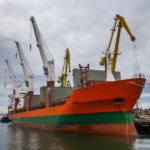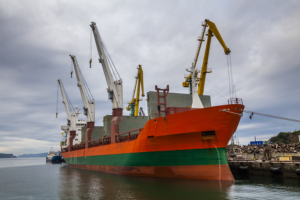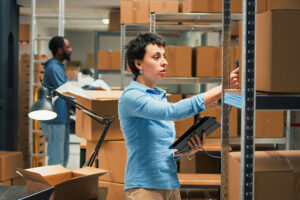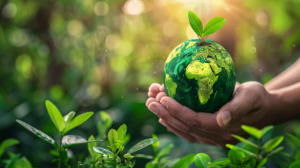Plastic packaging is having a difficult time in today’s economy. The standoff is coming to an end, as governments and the consumer market demand a greener world.
The United Nations is working hard to secure a global agreement to decrease the use of single-use plastic packaging. As a result, megacorporations like Coca-Cola, Nestle, and PepsiCo would need to completely reorganize their supply chains to satisfy the new norms.
Consumer pressure is only increasing due to natural disasters that we are experiencing. Therefore, river pollution and urban flooding are ever-increasing dangers. 3 out of 4 people are in favor of ending the use of single-use plastic.
The responsible negotiating committee at the UN plans to hold 5 meetings over the next two years to reach an agreement. The expectation is that by 2050 plastic production will account for 20% of global oil consumption.
Plastic packaging and future strategies
There are several ways to establish a transformation in packaging and each country must find the one that best suits its reality. For example, in the European Union, the approach has been more direct with companies, requiring eco-sustainable packaging. Japan, on the other hand, is gradually setting recycling targets.
Focusing on recycling is cheaper for large plastic companies. However, it is more aggressive to nature than a redesign of packaging. After all, only 10% of plastic packaging is recycled, even with incentives from companies and governments.
There are many interests surrounding this issue, from oil exports to environmental concerns, but the facts point to the fact that waste management and recycling, without structural changes, is only proving ineffective over time.


















